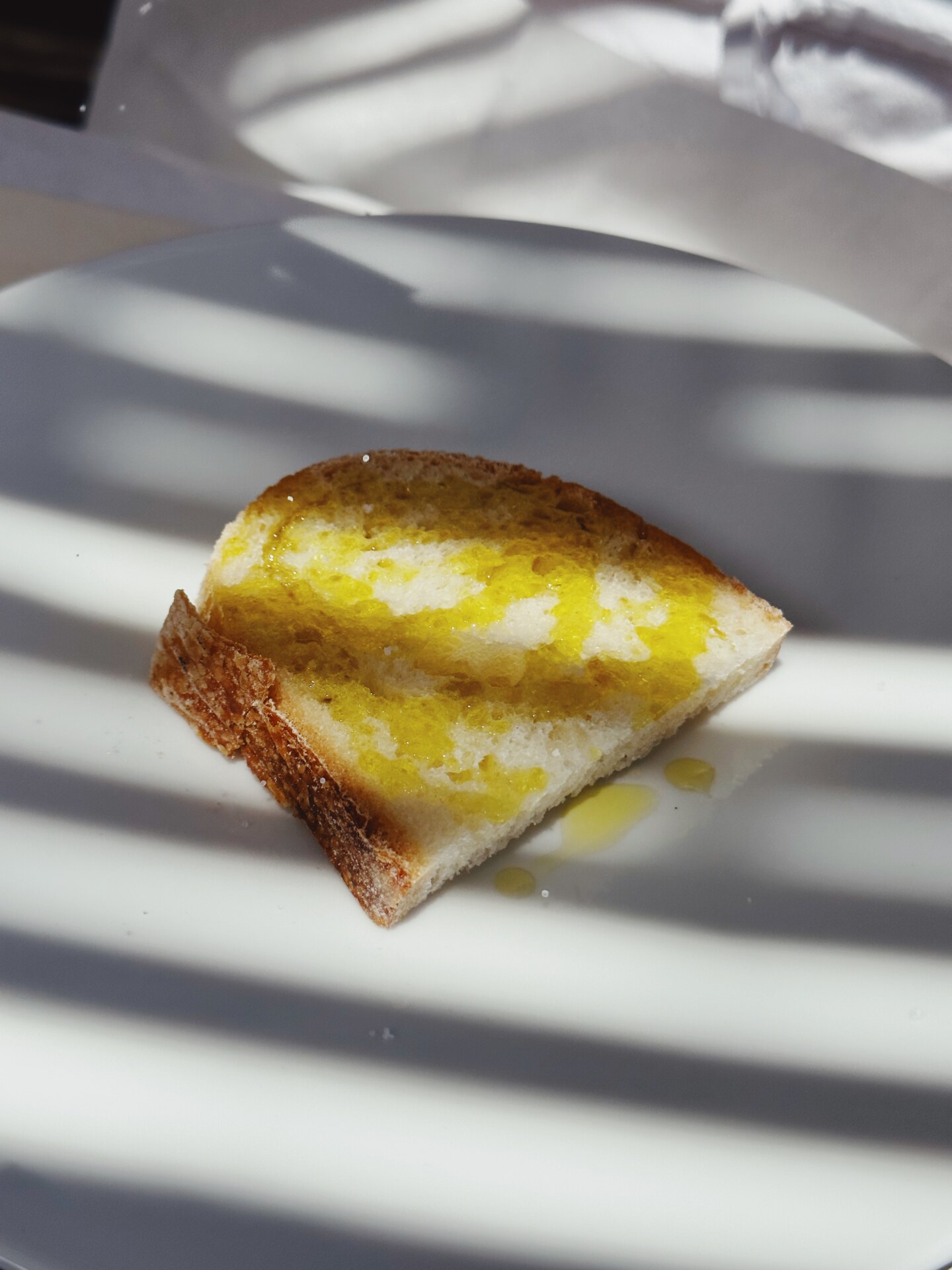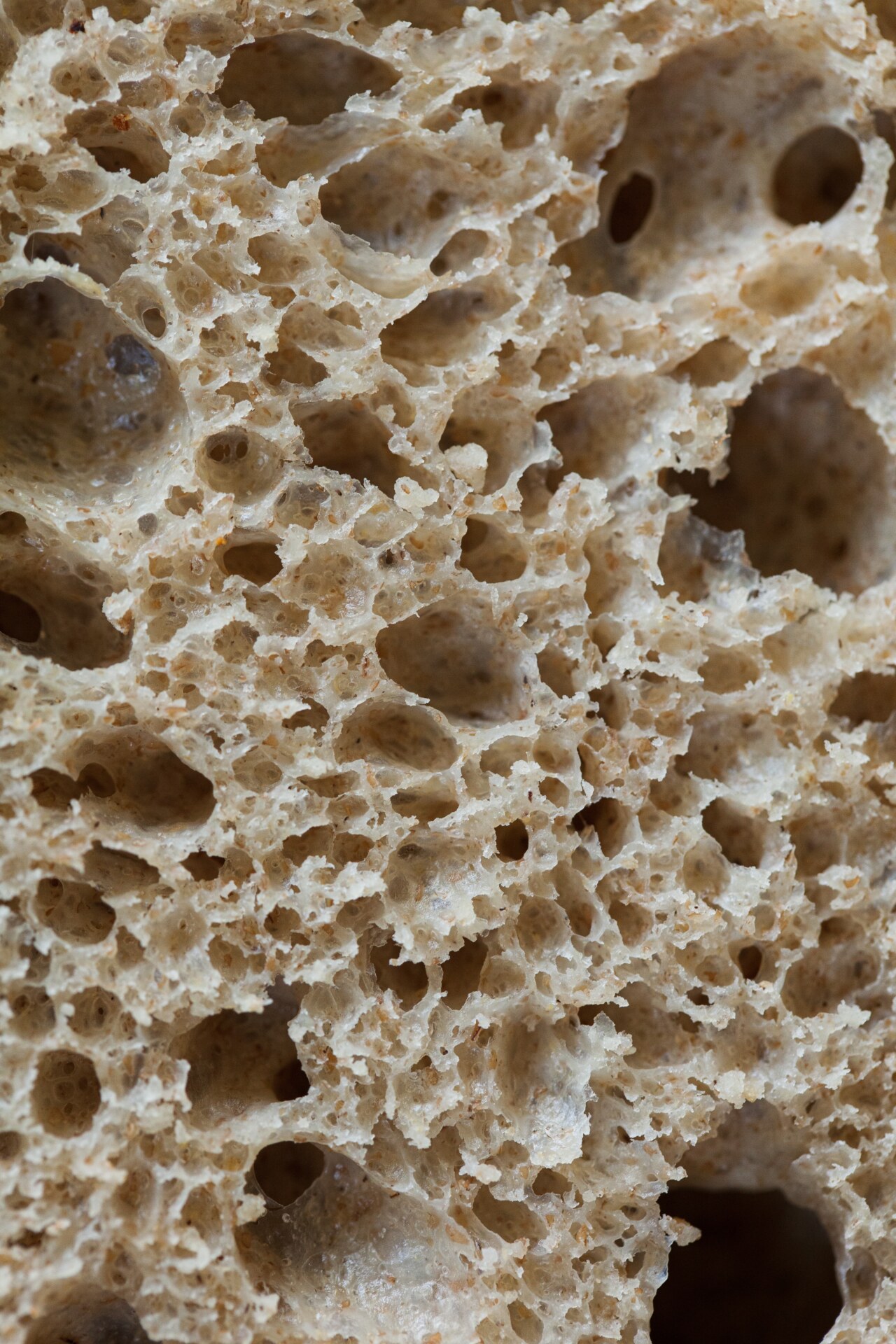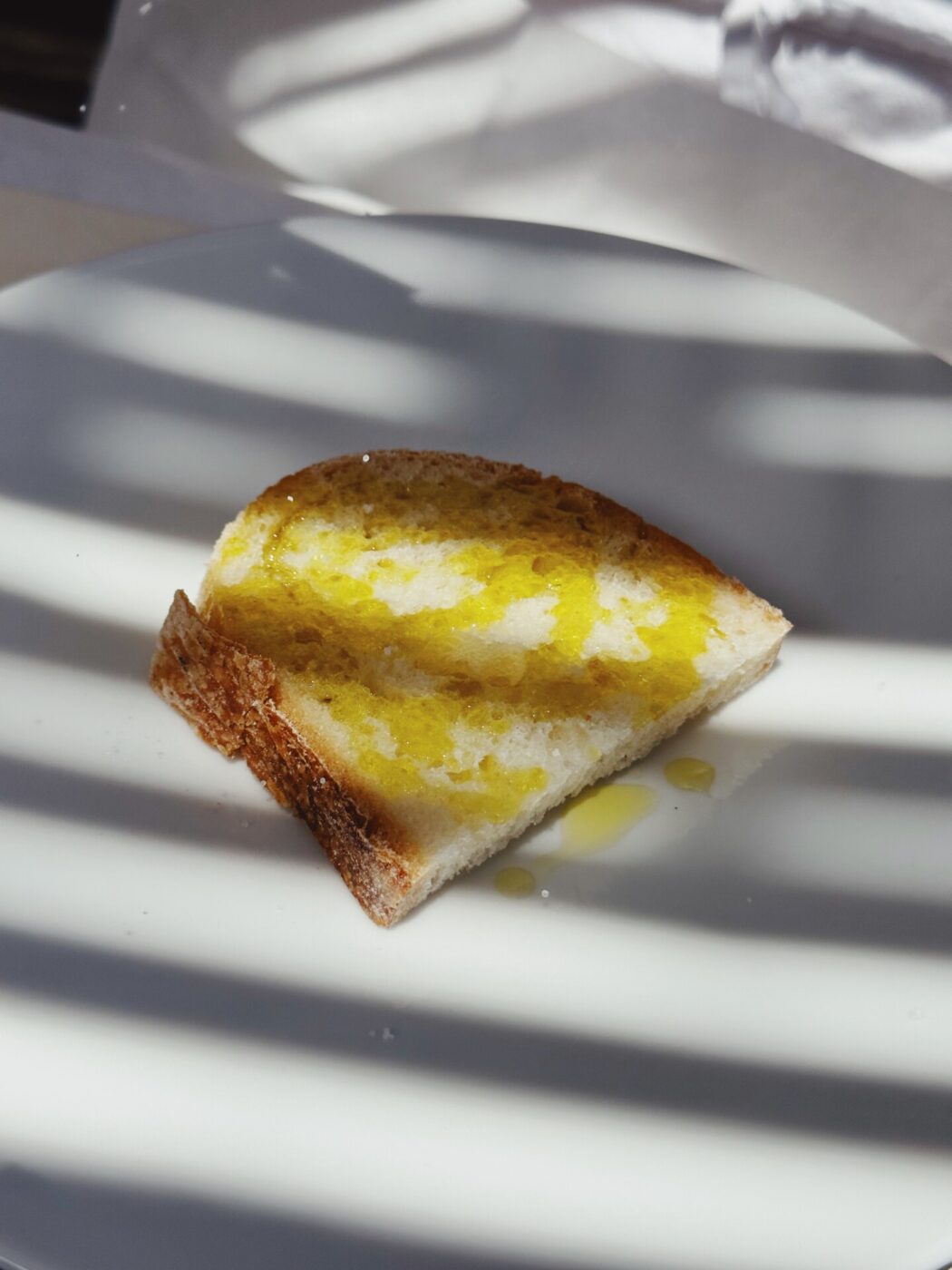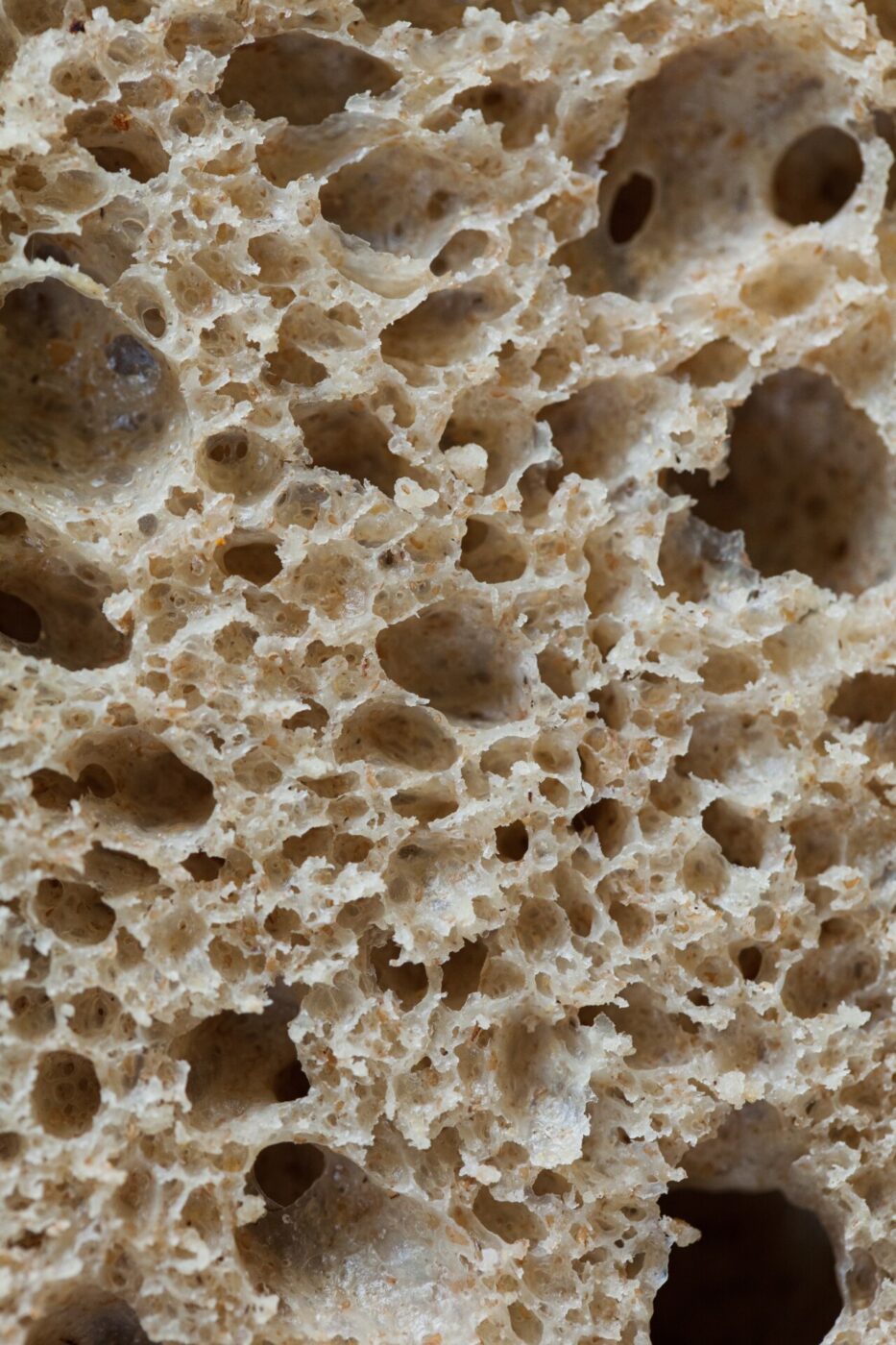Italians know and love that their food is put on a global pedestal–and fair enough, if you had invented pizza and pasta (or at least, gotten credit for it), you’d be pretty smug too. The beauty of this country’s gastronomic canon lies not just in the sheer quality of their produce–which has on more than one occasion reduced this Canadian to tears of glee–but also in their bullheaded adherence to tradition. From hyper regional specialties to cucina povera, every stew, every cut of offal, every pasta shape, tells a story steeped in history. There is no greater compliment to an Italian cook than comparing their food to nonna’s, no greater pride than a chef who exclaims that this dish has been cooked in this precise way in this precise town since before Jesus was even a twinkle in some archangel’s eye. And that’s all lovely and warm and fuzzy, but, coming from somebody whose grandmother is a famously terrible cook, sometimes tradition is not always a good thing.
This brings me to the argument that I like to swing around every time I have this debate at aperitivo, and argue in favour of innovation over historical preservation (in certain cases): Tuscan bread.

The first evidence of flour was found in Mugello, just a few kilometres away from Florence, and was dated back to the time of the Neanderthals. This region literally invented bread. You’d think that sometime in the last 30,000 years, they’d have figured out how to make it taste good. And that’s the thing, they have all the tools in their arsenal to remedy this grave situation, they just choose not to use them. And why? Say it with me in a Fiddler on the Roof voice: Tradition!
If you have never tasted Tuscan bread, allow me to paint you a picture. Imagine a crusty, rustic loaf, set down in front of you. Having presumably eaten bread before in your life, you’re expecting to tear off a chunk, warm and pillowy. Maybe it’s a sourdough, maybe it’s a whole grain, but either way the crust crunches, the crumb is soft and spongy, and the taste is a little yeasty, a little salty, a little sour, a little nutty. The point is, it tastes like bread. Now let’s burst that bubble. Tuscan bread may look like bread, it may even smell like bread, but it is not, dear readers, bread as you and I have come to know and love it. Take a bite, and you’ll detect a distinct note of, well, nothing, with just a hint of cardboard. In a best case scenario, at least it’s fresh-baked, and can be salvaged by the addition of salty Tuscan cured meats and cheeses, or a good scarpetta. In a more likely case, it’s not stale per se, but it’s definitely not soft–the recipe was developed back in the hunter-gatherer era to stay fresh for several days–and the distinct lack of taste is certainly not worth the jaw-ache. It may be the French who call their bread pain, but it is the Tuscans who live it.
Before I get deported for writing this article, let’s acknowledge that no villain is born evil, they are products of their environment, their circumstances, their experiences. Why don’t Tuscans think they deserve nice things?
Tuscan bread’s most pervasive villain origin story dates back to the Middle Ages, when the region was very impoverished. Salt, considered a luxury item at the time, was heavily taxed, when it was available at all. A popular story also pinpoints a feud between Florence and Pisa as the catalyst: in an act of varsity-level pettiness, Pisa–which is positioned between Florence and the main ports of trade–placed an embargo and wouldn’t let salt shipments through to Florence. Either way, it was hard for Tuscans inland to get their hands on salt, and so when they had it, they had to use it wisely–namely, to preserve their meats and cheeses. This ensured that the little they had went as long a way as possible, allowing them to prolong the shelf life of fresh products, which then had the added benefit of being salty enough themselves to make up for the lack of salt in the bread they would eat them with. We get it, times were hard, and we applaud their industriousness. It’s all very interesting. But it simply doesn’t have to be that way anymore. Tuscans and die-hard traditionalists will argue that Tuscan bread, to this day, doesn’t need salt, because the tomato-based sauces and cured meats and cheese are salty enough to make up for it. My friend Giacomo, a born and bre(a)d Florentine, is of this camp: “I grew up with it,” he says, “When I think about bread, I think about saltless bread. I also like salty bread, but just with different things, not with salami.” Personally, I’m not buying it. Can’t we, as citizens of a brave new world where salt is readily available at every corner shop and supermarket for less than 2 euro a box, just learn to adjust and balance our food so that each is delicious on its own, and we don’t have to rely on a saltless bread to balance a too-salty salami?
Call me a dreamer, but I firmly believe that there has to be a way to preserve historical authenticity and respect tradition while also improving upon it, and creating a product that people actually want to eat.
Francesco Grandi, head chef at Pensione Bencistà in Fiesole, shares my vision. When opening the restaurant, he explains that “part of us wanted to stick to tradition and serve pane Toscano whilst on the other hand we loved the idea of giving our guests the kind of bread we like to eat!”
Inevitably, he decided to find a perfect compromise, using traditional pane Toscano shaping techniques and heritage grain flours from three producers: Mulino Sobrino in Piedmont, Mulino di Piezza in the mountains above Lucca, and La Ginestra in Chianti. All three producers were chosen for their quality and the transparency of their relationships with wheat farmers. He shapes the dough into larger loaves, as per Tuscan tradition, which also allows for better fermentation (think back to those early days when it would have to stay fresh for long periods of time), and better flavour. And, he uses salt.
Bakers like Grandi are finding ways to honour their heritage and tell a story, while also not being so steadfast to tradition that it inhibits the quality of their product. He, and other like-minded bakers, have the ability to not rewrite or erase the history of Tuscan bread, but enhance it. Maybe my North American-ness is showing, but I’m all for going against the grain.

Where to Get Actually Good Bread in Florence (you’re welcome):
Bakeries
- C Bio
- S.forno
- PANK la Bulangeria
Restaurants
- Spontanea
- Cibrèo (from the C Bio family)
- Santo Bevitore (from the S.forno family)
- Pensione Bencistà
- C-ucina





